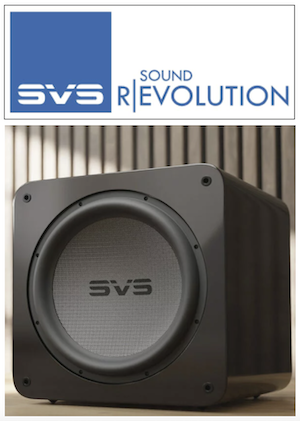(March 29, 2022) Dirac has announced a new Auto Target Curve functionality for Dirac Live, making it easier for enthusiasts to achieve the best possible sound quality from their reference system. Dirac Live's Auto Target Curve automatically generates a target curve based on a system's unique measurements, radically reducing the amount of in-depth knowledge needed to properly fine tune audio output. This release can be enjoyed by owners of NAD, Onkyo, Pioneer, Integra, and Pioneer Elite gear that's compatible with the Dirac mobile app. Dirac says that Auto Target Curve is being launched on its mobile platform first, with desktop functionality due to launch later this year.
"Many of the first uses of Dirac Live—more than a decade ago—were in cinemas or high-end home theaters, where experts calibrated and tuned sound systems using Dirac Live. But that's no longer the case," said Jakob Ågren, Head of Product Management at Dirac. "With more mass-market AVRs now offering our breakthrough solution, Dirac Live has gone mainstream. However, when addressing this new, larger audience, it became clear that attaining the optimal sound experience should be as easy as possible. Our new auto target curve eliminates the need for manual adjustments, allowing new users to sit back and enjoy superior sound."
The new Auto Target Curve feature is designed to faithfully reflect the inherent character of a speaker system, minus the adverse acoustic effects of the room. It gives enthusiasts access to a balanced response with a more natural slope capable of preserving a speaker's individual flavor, while tightening up performance across the board. Should further tweaking be required to achieve optimal sound, enthusiasts can manually adjust Auto Target Curve through a new simplified interface in the Dirac Live mobile app. Dirac says the interface provides a simple drag feature to increase or decrease output. And for old-school fans of Dirac's classic filter design, that approach will remain available for use.
For more information, visit www.dirac.com.











